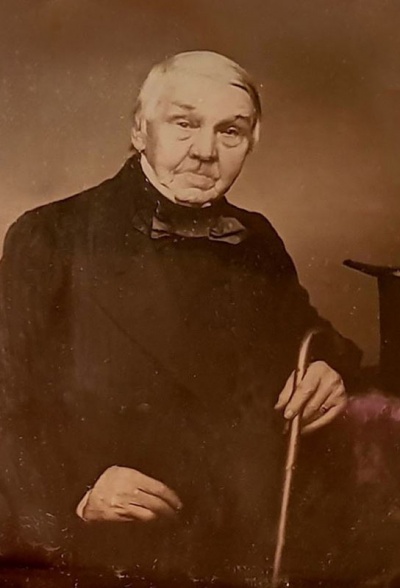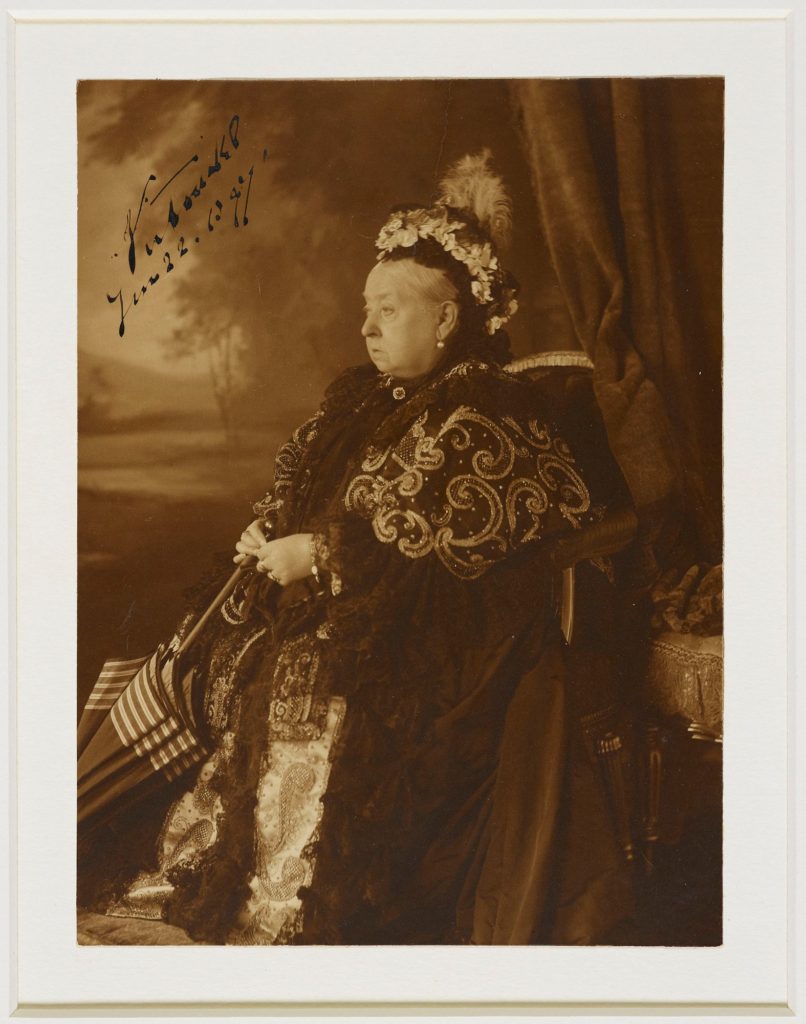Introduction
‘Our mission is to produce and facilitate research on the Island’s history, culture, language and environment; and to share that knowledge with the widest possible audience for the benefit of our island community.’ Reflects how The Société Jersiaise Photographic Archive association is committed to illustrating the island history and the important events that have occurred in time. Furthermore, it demonstrates that they are encouraging the expansion of their knowledge to all groups of individuals as they clearing have a lot of knowledge and understanding that they would like to share with the public.
From looking back at photographic archives from the past we can get a better understanding of the lives of people that have previously lived in the Island and how this is different to our modern lifestyles today. Further evidence that our lives have changed can be found in everyone’s personal archives, for example some carry journals/ diaries to literately document their lives. The easiest modern way we keep an archive of our experiences is our phone albums, as they are easily accessible and can hold ten of thousands of images.
Henry Mullins

Mullins 
His Work
Being one of the first major establishers of La Société Jersiaise, Henry Mullins is one of the most influential members of the association, originally working in London during from 1840 and later moving to Jersey in 1848, Mullins set up his studio at the royal square with his partner Mr Millward. He created his personal Photographic Portrait Room at his archive site at the Royal Square and the purpose of the studio was to span three decades and produce at least 20,000 images, including two albums of Calotypes, containing about 10,000 portraits dating from 1850 to the early 1870s, now in the Société collection. This was only set up as his he originally got members of the public to want their portrait taken by him, this is how Mullins ended up with such a large collection of photographs. From looking and analysing Henry Mullins’ work we can gather an understanding of the different types of people living in Jersey from 1848 to 1883 after he had passed away. There is evidence of a wide variety of lifestyles as Mullins’ photographed individuals in many different professions such as soldiers, nurses and even people in the highest and power. Such as having the honour of photographing Queen Victoria I with the Duke and Duchess of York.

This photo, taken in the 19th century is one of Mullins’ most famous pieces of work, as it documents one of the most influential individuals of the century, and someone with very high power and authority. This demonstrates the lives of members of the royal families and this piece could be showing Queen Victoria in the publics eyes. As it illustrates the high standards that the public would have expected her to practise in her reign, such as always meeting royal expectations and procedures. This is implied as the viewer can see how perfect she is just from evaluating her clothing, hair and even the background of the photograph. The image is filled with evidence, such as the furniture, that helps us imply information about royal families at the time, the setting of this piece is important to note as the wealth is shown not just through the monarch herself, but through her assets.
Archives are valued sources of physical information about the history of Jersey (in this case), they help to tell stories through photographs. These can be stories about individual people, explaining aspects of their lives such as their upbringing, or simple their current identities. Photographic archives provide easy access and materials in order to gather an understanding of the different social class during a specific period of time. For example, the divide between the proletariat and the bourgeoise during the 1910s, at time at which the distinction between employees and employers was exceedingly evident.
Additionally, archives they could represent major events from which have occurred in the past, helping to teach younger people the value of history, including the challenging times their ancestors may have had to encounter. Another positive aspects of learning about archives is they have given me inspiration for my own final project as it helps emphasise the need to learn about the past visually and not just thought written works. This means that I now have a visual understanding of the types of images to put into my own work such as zines and maybe even my own final project if I were to create an archive of my current and past photography work.









Zara, a well constructed essay, that clearly demonstrates that you have researched, read and thought about the essay question and the function of the archive in general. Good use of illustrations and examples to extend knowledge and understanding in selecting key images by photographer Henry Mullins, that have been analysed using both contextual and personal references. More analysis of Henry Mullins extraordinary archive of almost 10.000 carte de visite portraits of Jersey’s middle and upper classes exists in ED.EM.03. that Patrick and I published last year, which has an excellent short essay written by Gareth Syvret, former photo-archivist at SJ
https://www.edem.je/shop/p/ed-em-03
For your Personal Study, consider how images or specific collections from the historical photo-archive at Societe Jersiaise may help to develop your project. Maybe a series of portraits of focusing on a specific group/ generation/ demographic of young women in Jersey?
12/18 = B grade
Good effort – keep going!